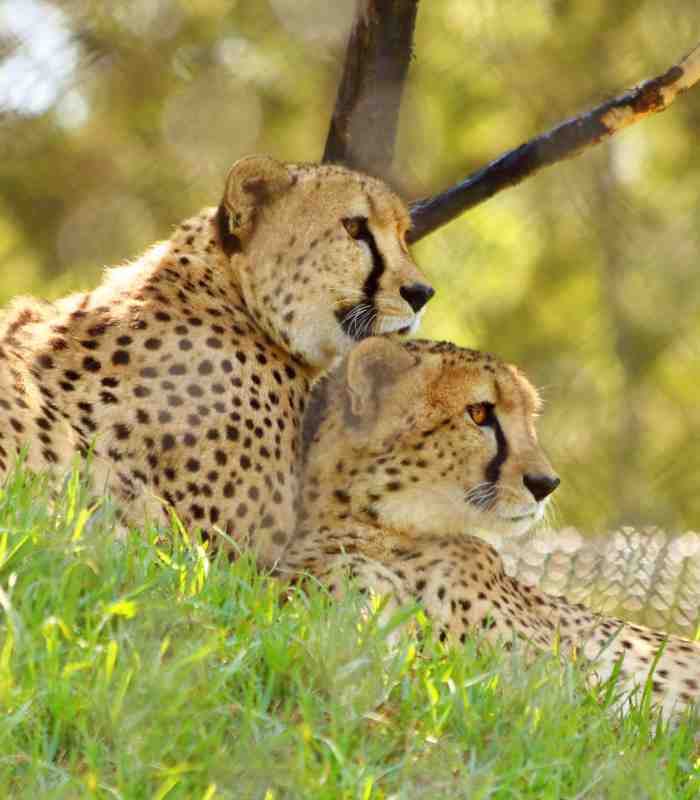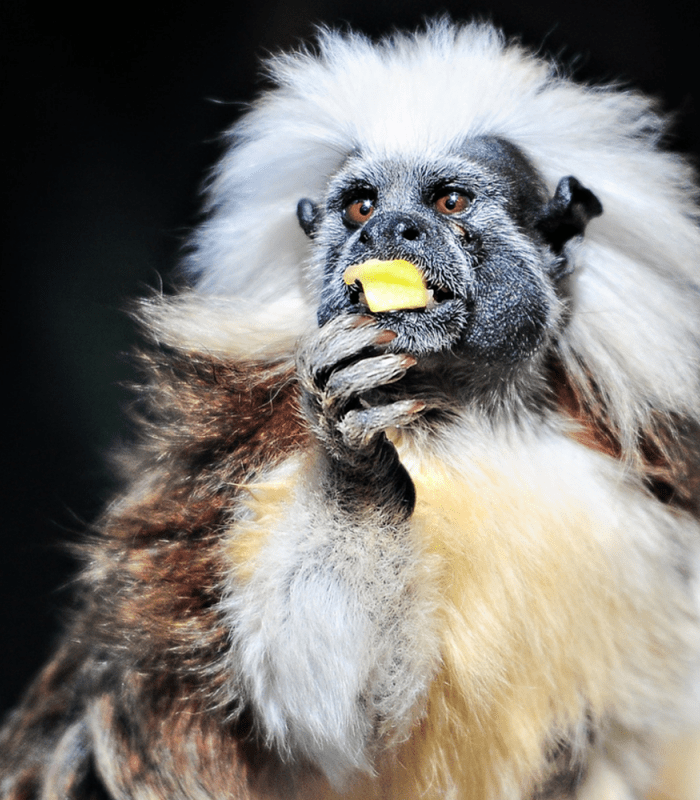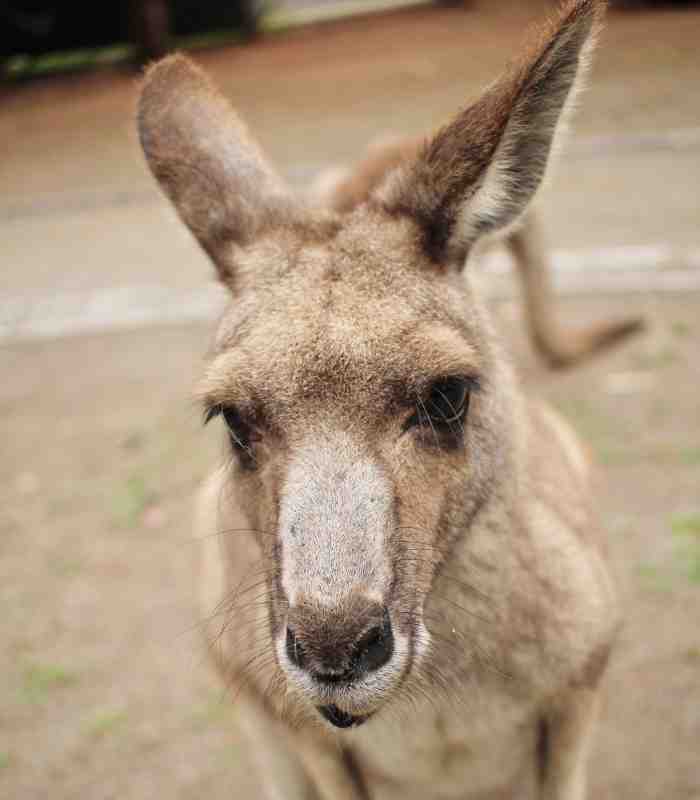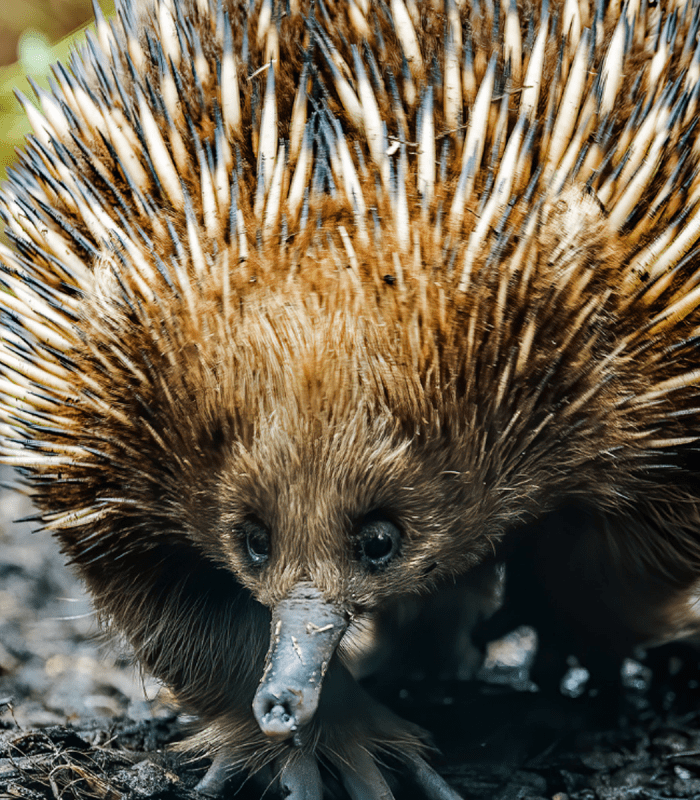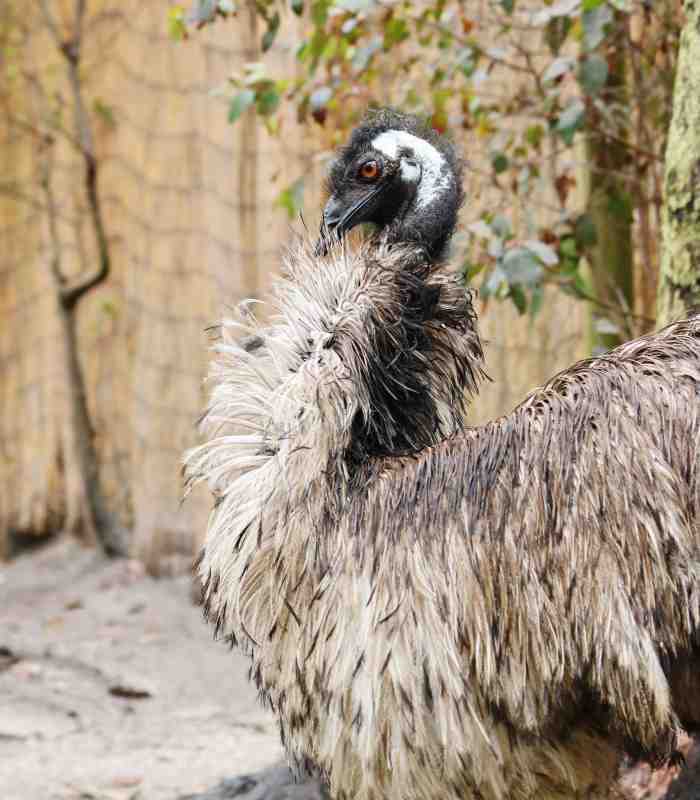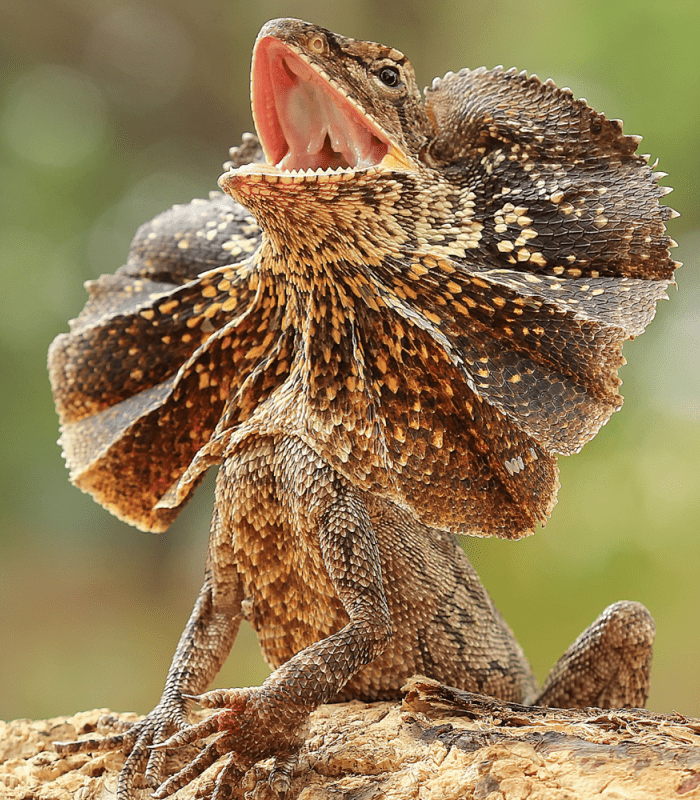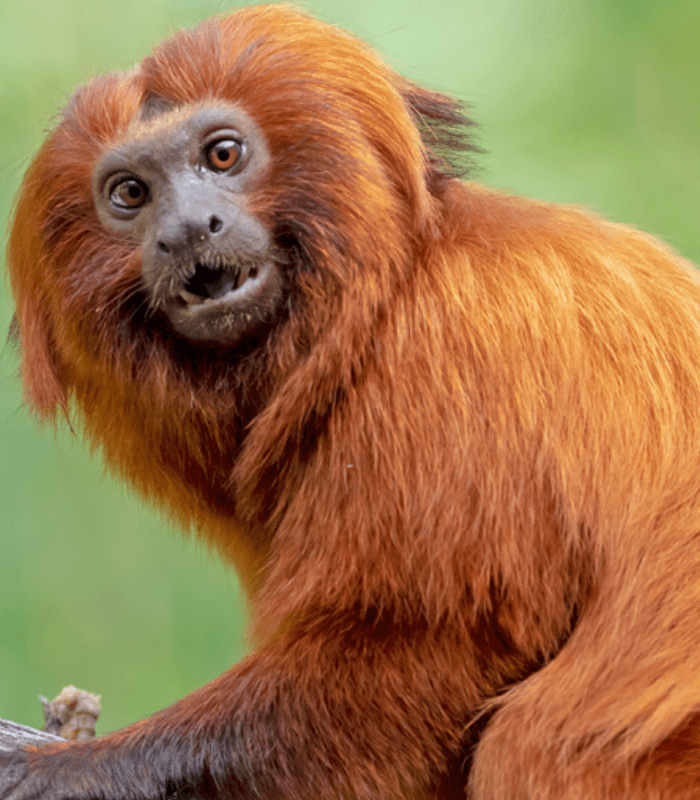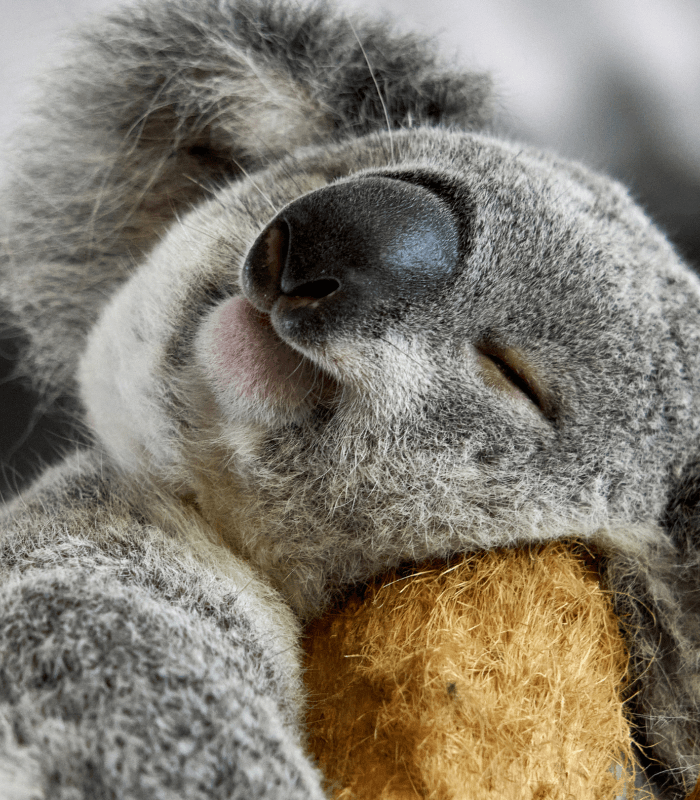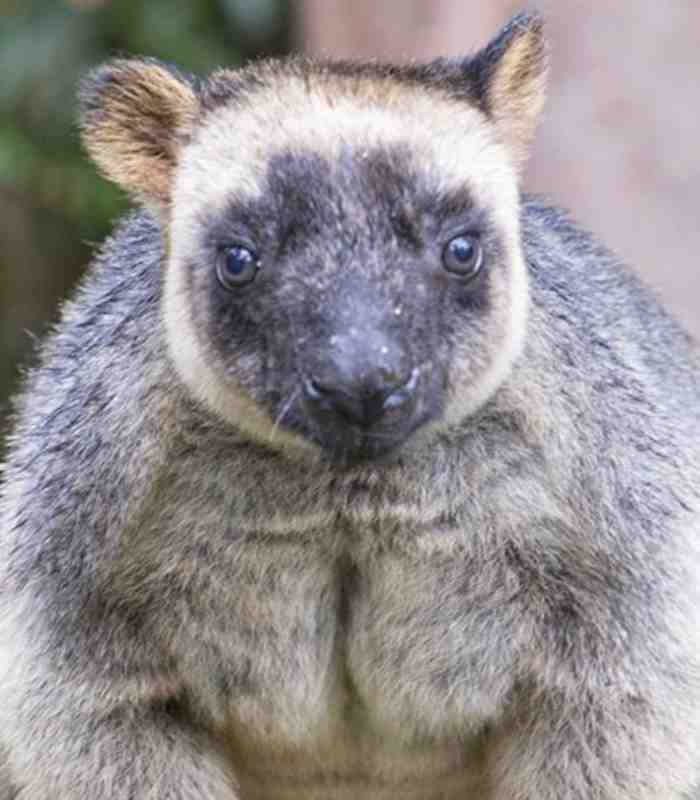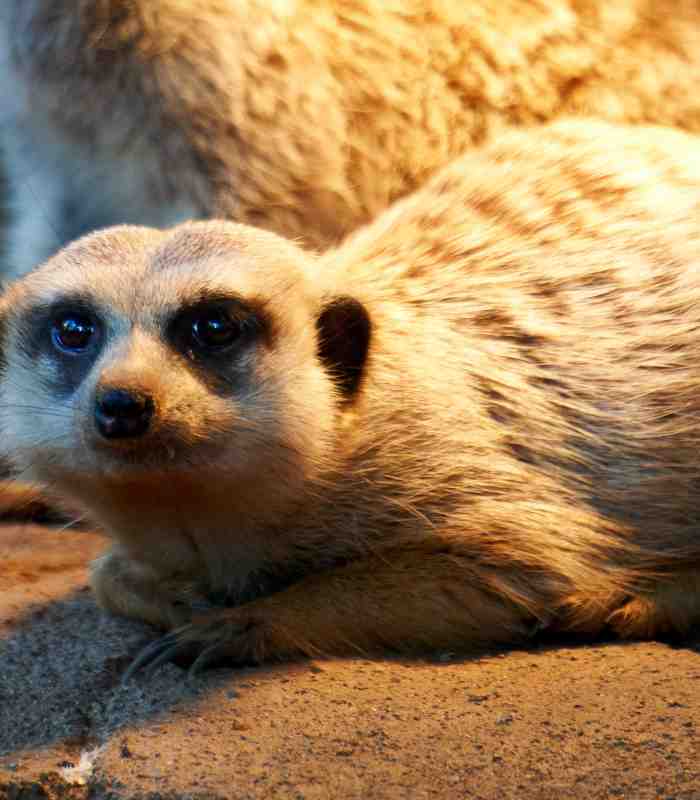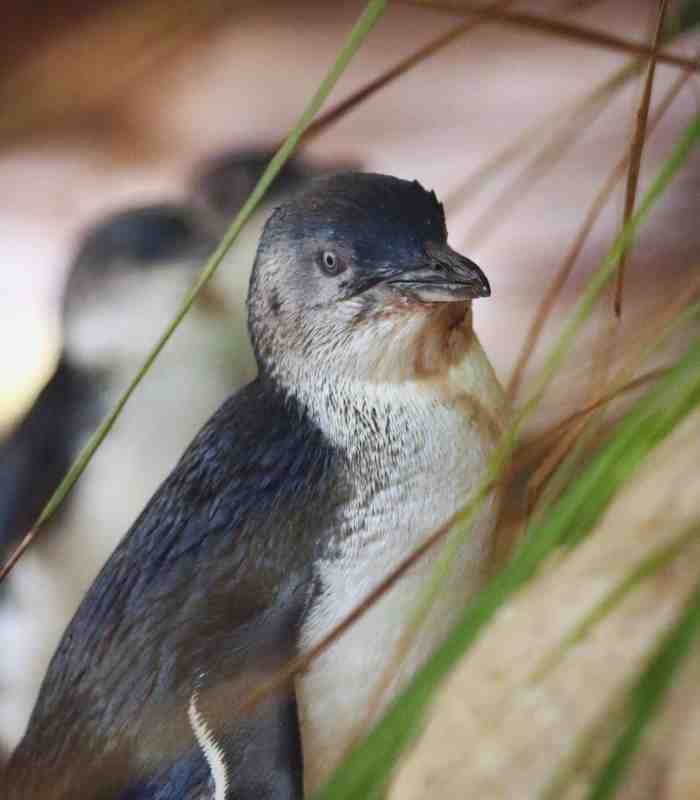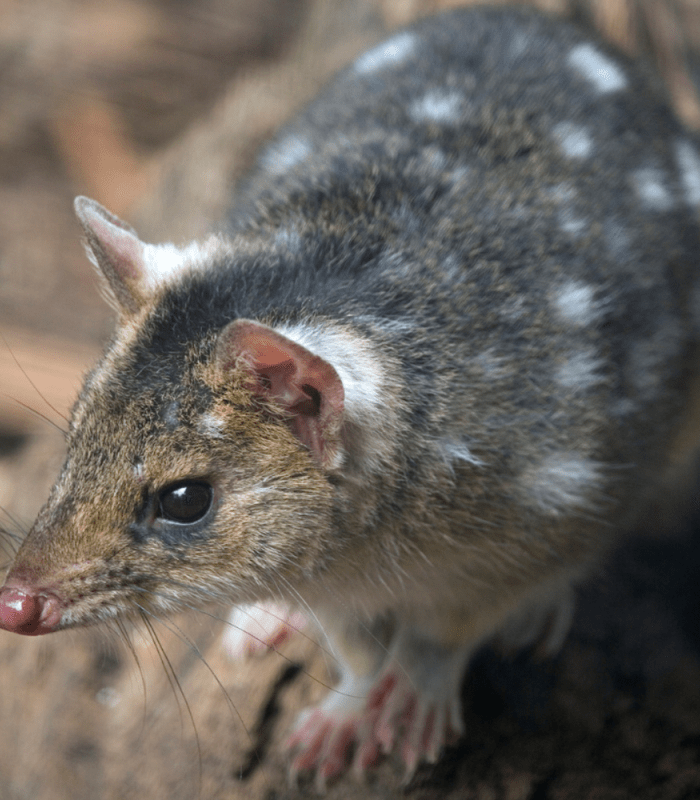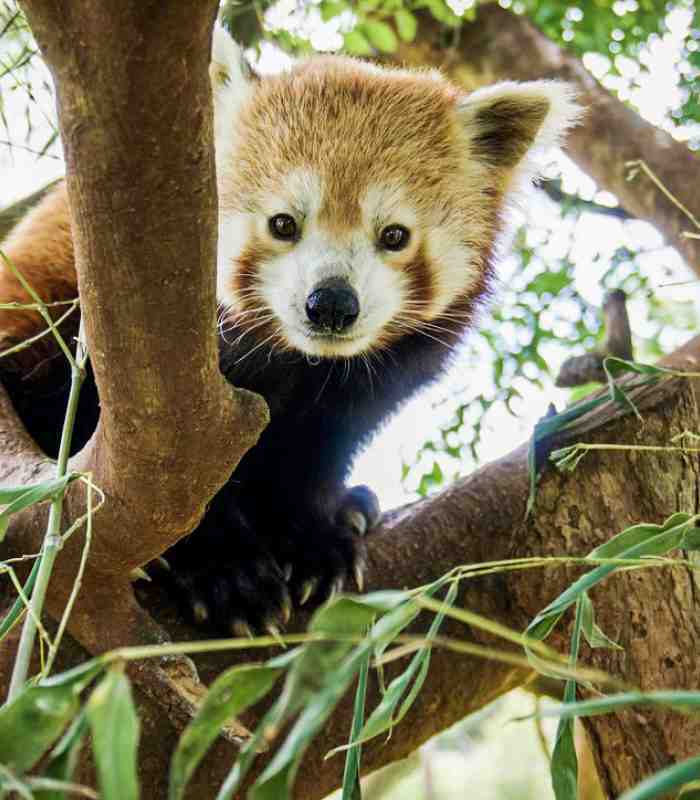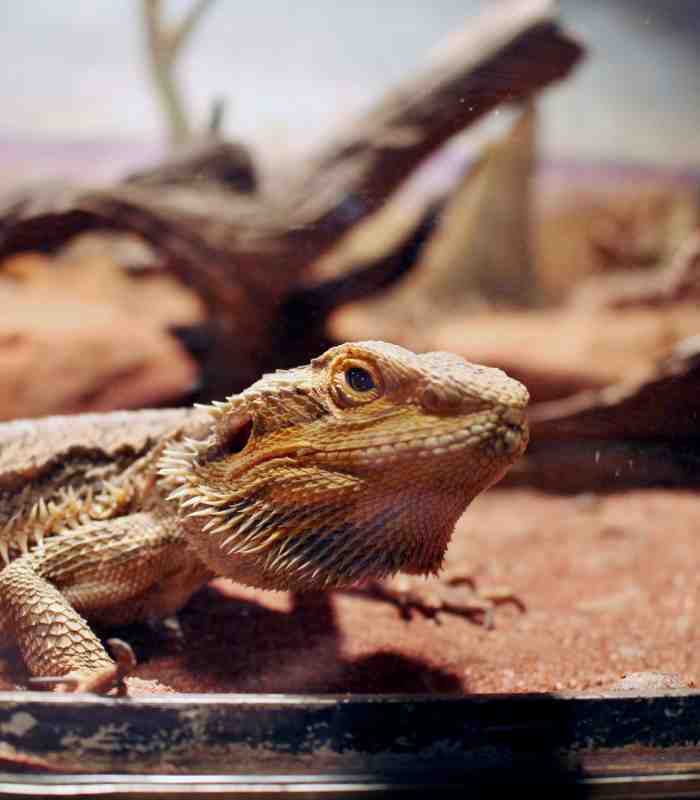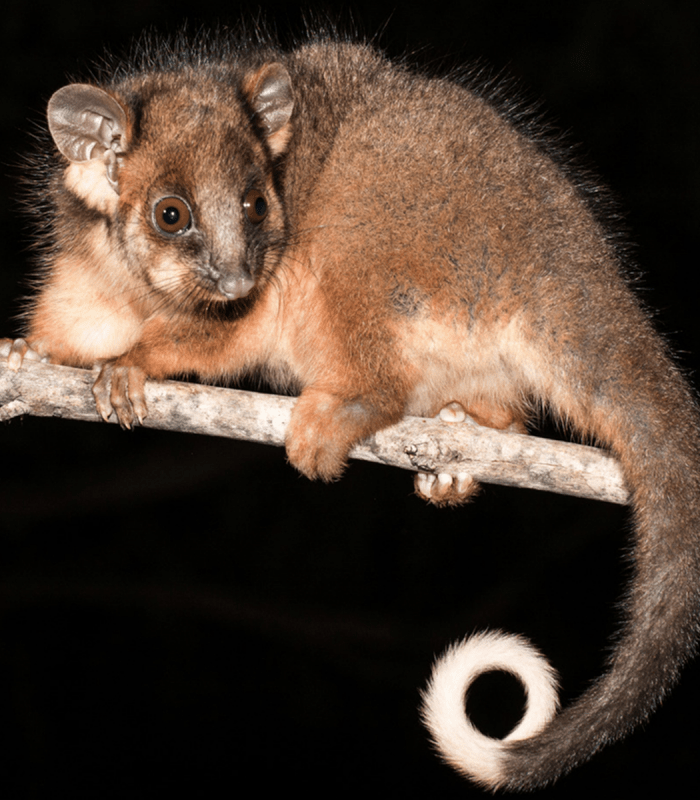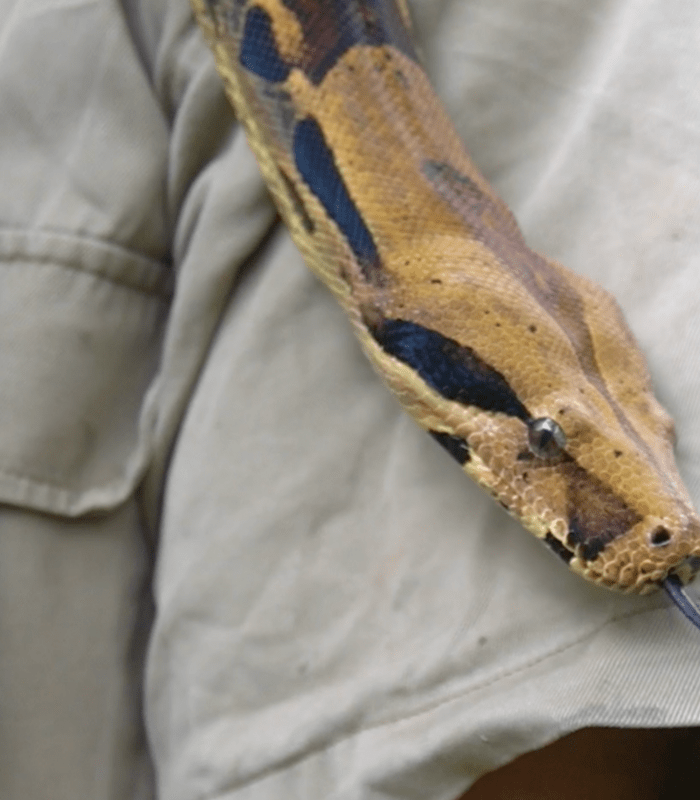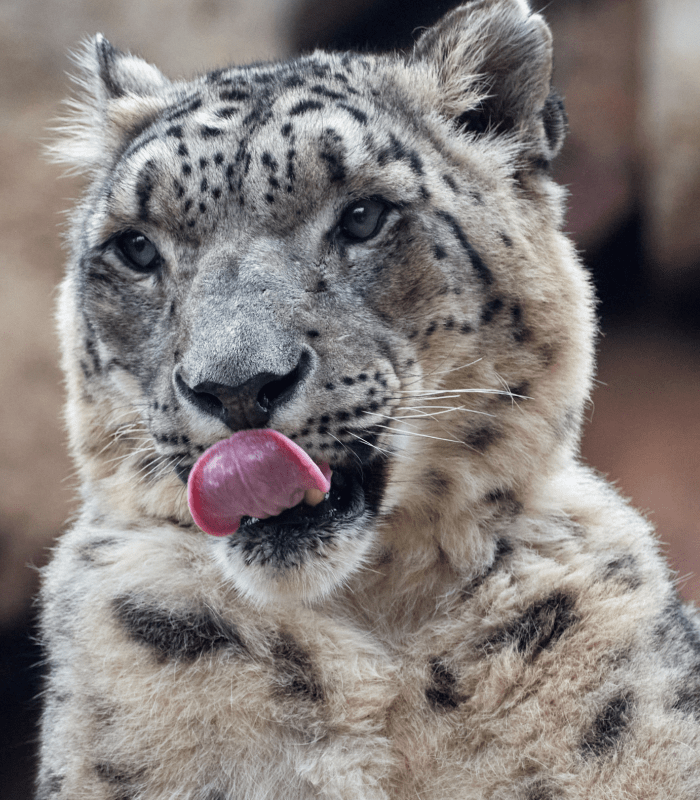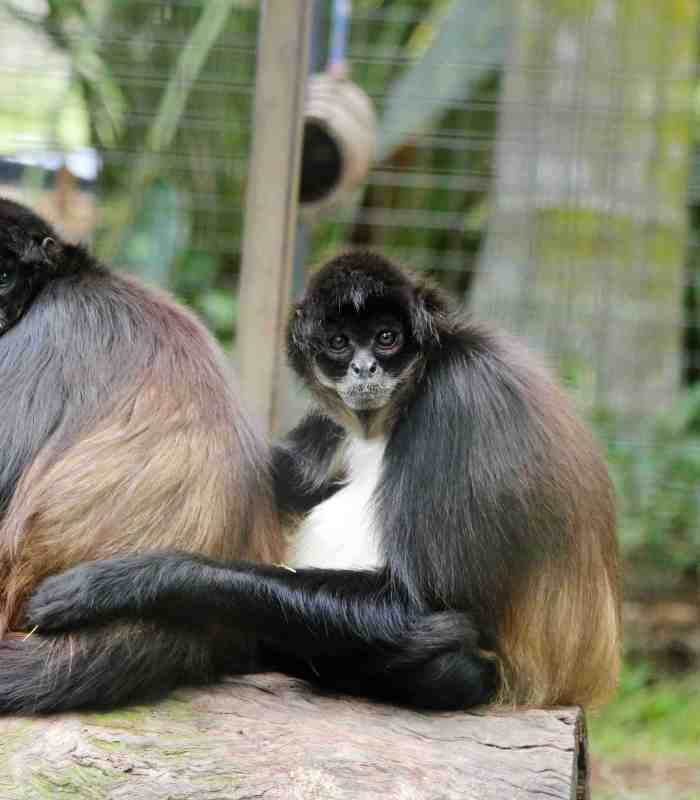Southern Cassowary Casuarius casuarius johnsonii
As tall as a person (up to 2m) with a high helmet on its head (casque), a vivid blue neck and long drooping red wattles and amber eyes. The Southern Cassowary (like emus) is a ratite, a large flightless bird. Each heavy, well-muscled leg has 3 toes, with the inside toe bearing a large dagger-shaped claw (up to 120 mm long) used for scratching and fighting other birds.
Distribution and habitat
Found only in the tropical rainforests of north-east Queensland, Papua New Guinea and some surrounding islands. Usually solitary animals, cassowaries live primarily in rainforests, they also use woodlands, melaleuca swamps, mangroves and even beaches. Cassowaries are territorial and contact between adults generally only occurs during mating.
Diet
Cassowaries eat over 150 different rainforest tree and plant seeds and fruit, some of which only re-propogate after being eaten by the Cassowary. They are an essential part of the rainforest seed dispersal and germination process. They will also eat small vertebrates, invertebrates, fungi, carrion and plants.
Life expectancy and breeding
The average life span of a Cassowary in the wild is thought to be around 35- 40 years, but in captivity they have been known to live to up to 60 years. From May to November, pairs of cassowaries court briefly, mate and then separate. Females lay between 3 to 5 large, olive-green eggs, generally between June and October. Eggs are incubated by the male for about 50 days, who alone guards the eggs and raises the chicks. Juveniles begin to fend for themselves from about 8 to 18 months of age, when they are chased away by the male.
Conservation status
VULNERABLE (IUCN Red List of Threatened Species) | Listed as ENDANGERED nationally in Australia (EPBC).



